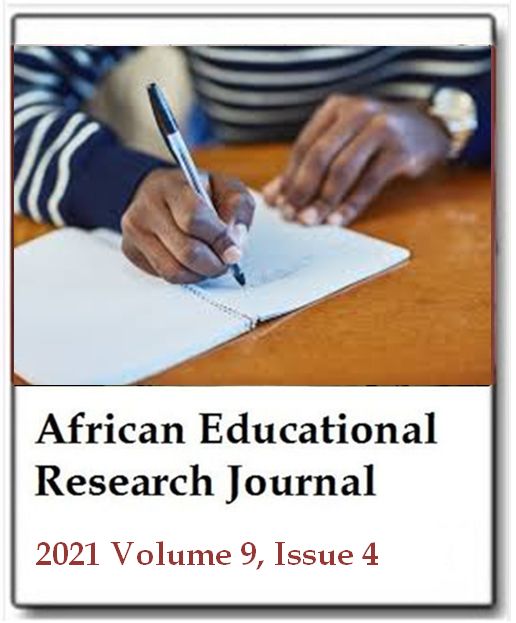Visually impaired student-teachers’ knowledge and use of basic assistive technology tools for mathematics
Clement Ayarebilla AliAfrican Educational Research Journal
Published: December 13 2021
Volume 945-955
DOI: https://doi.org/10.30918/AERJ.94.21.151
Abstract
Studies show that assistive technology tools have provided opportunities for the visually impaired in some developed countries to pursue mathematics programmes and foster inclusive education. However, their counterparts in developing countries sparingly participate in any mathematical activity due to low knowledge and use of these tools. The main purpose of this study was to expose student-teachers with visual impairments to basic assistive technology tools. The knowledge and use of the tools helped to convert, convey and interpret basic mathematical equations. The design was a case study involving five student-teachers who were admitted to the Department of Basic Education, University of Education, Winneba to pursue a Post Diploma in Mathematics programme. A semi-structured interview guide was used to collect the data whose items contained tools for general administration, additional support, STEM, mathematics instruction, polynomials and assessment. These served as the cases of the study and data analysis. The analysis was undertaken in two stages. The first stage explored their knowledge and use of the assistive technology tools. The second stage analysed transcriptions of statements. The two stages helped to corroborate the findings. To ensure the validity and reliability of the findings, the interview guide was validated by post-graduate students of the Department of Special Education and Basic Education. The findings showed that the student-teachers had little knowledge and use of the basic assistive technology tools. However, they were still desirous to learn and use the basic assistive technology tools for mathematics teaching and learning. It was therefore recommended that stakeholders make available and accessible common basic assistive technology tools to schools, and restructure the mathematics curriculum to suit the integration of assistive technology tools.
Keywords: Assistive technology tools, visually impaired, mathematics education, STEM, student-teachers with visual impairments.
Full Text PDFThis article is published under the terms of the Creative Commons Attribution License 4.0

